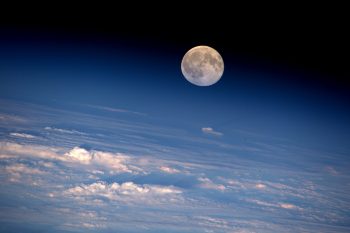If you’ve looked outside the last few evenings, you might have peered up and even seen the Moon.
You’ve probably heard about the ‘Supermoon’? A Supermoon is the coincidence of a full Moon, or a new Moon, with the closest approach the Moon makes to Earth on its elliptical orbit, resulting in the largest apparent size of the lunar disk as seen from Earth.
It’s only become a popular term recently; the proper technical term is a ‘perigee-syzygy of the Earth-Moon-Sun system’.
What this means for observers on the ground is that the Moon can appear somewhat bigger and brighter (up to 14% in diameter and 30% more light) than at its farthest point. However, most people viewing the Moon are unlikely to notice much difference. Depending on how you define a Supermoon, there are six similar events in 2016. But the full Moon of this week, 13/14 November, will present the closest Supermoon of the year (distance at closest approach is just 356 509 km) and it hasn’t been this close to Earth since January 1948. What’s more, the Moon won’t come this close again until the full Moon of 25 November 2034.
We’re celebrating this event with a little fun: to join in, take a look outside tonight, then pop back in where it’s warm and listen to our new Spotify playlist, and dance with the Moon!
Afterwards, check out our interactive #Moon guide: https://lunarexploration.esa.int


Discussion: no comments